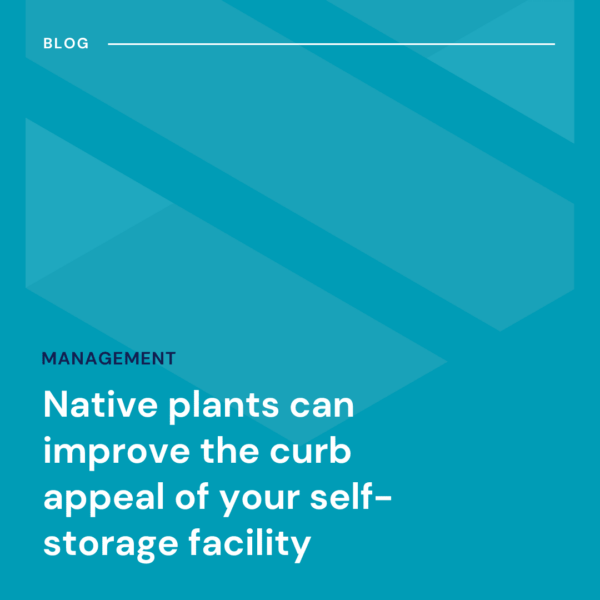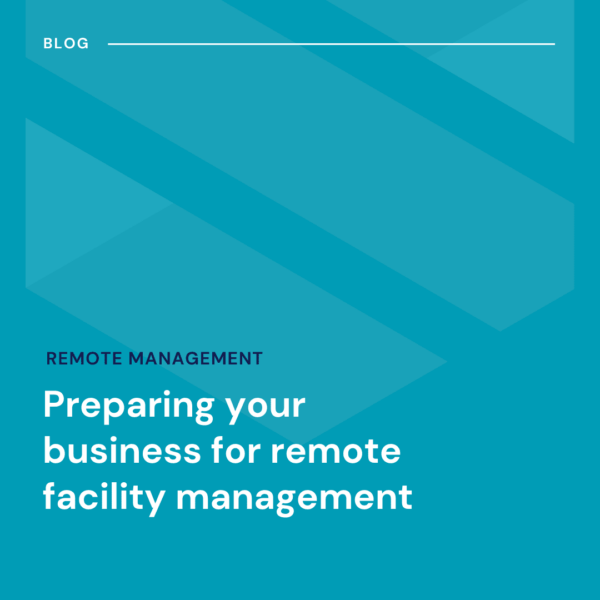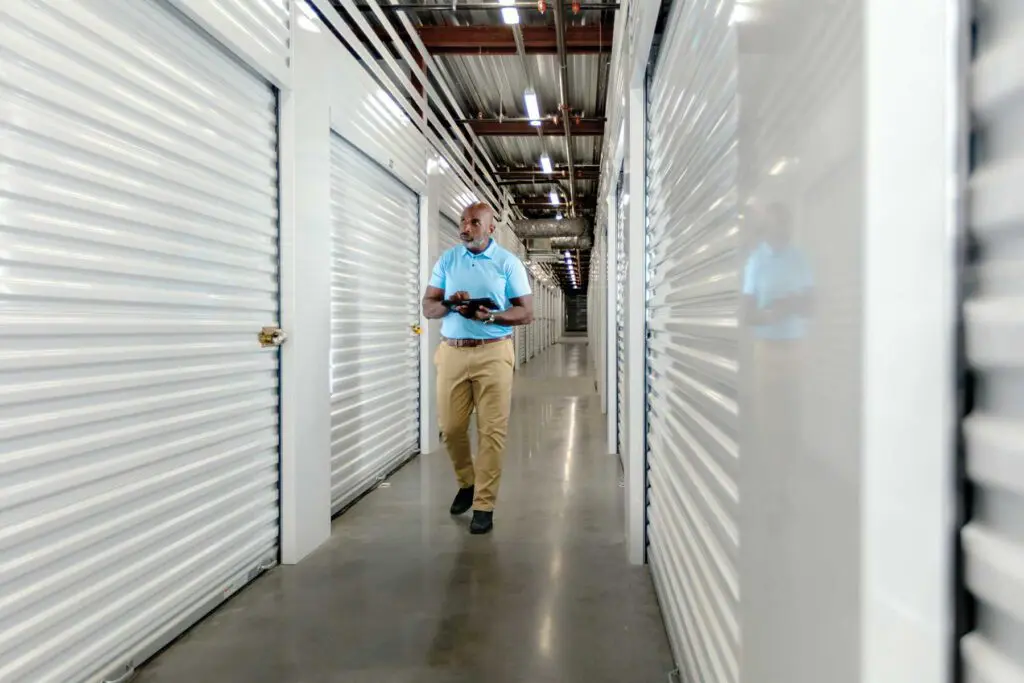
Want customers to find your facility when searching for self-storage on Google?
Then you’ll need to master the basics of search engine optimization (SEO).
SEO is not a new concept, but staying on top of it is another matter. Google, the world’s most popular search engine controlling more than 90% of the market, is frequently changing its ranking algorithm. These rank changes are intended to produce better results for its users, and of course, to keep website owners and marketing teams on their toes.
SEO for self-storage websites is important to get right if you want prospective tenants to find you online, and not your competitors. This post is the first in a new series aimed to help you do just that: improve and maintain your search rankings using SEO best practices.
First up, let’s start with the basics: title tags and meta descriptions.
Title Tags for Self Storage
A title tag is essentially the title of a webpage.
It is a crucial component of SEO as it tells Google, and anyone looking at a page of search results, what your page is about. It should clearly and succinctly describe the content of the webpage. Typically it is the headline that Google will display on the search engine results page (SERP), which users click on to navigate to your site. The title tag is also the text that appears in the title bar of the web-browser window.
Writing Title Tags
When writing title tags for your webpages, think about your target audience and how your page serves a specific need that they have. In the case of self-storage, your target audience is customers who need to rent a self-storage unit.
Start your title tag with the primary keyword for the page. The obvious choice of course is “self-storage”, but you’ll want to try different variations as well such as “self-storage units” or “storage units”. Every page on your website should have a unique title tag, so it is important to mix it up. If your page caters to a specific type of storage, such as climate-controlled storage or wine storage, use that keyword to start off your title tag.
The rest of your title tag should contain more information to let users know what they can expect to find on your webpage. This could include location, sizes or prices. You could also include your brand name, especially if it is well-known. Limit your title to 50 to 60 characters, anything longer will get cut off by Google.
Here’s two examples of what a title tag for a self-storage business might look like:
Self-Storage Units in Austin, TX – Starting at $29/month
Affordable Self-Storage in Austin, TX – Acme Storage
If you want to see how your title tag might appear in Google results, you can use the free Title Tag Preview Tool from Moz.com
Why is Google rewriting my title tag?
In some cases, Google will rewrite your title tag on the SERP. Don’t be alarmed, that is just the algorithm working its magic. What exactly triggers Google to rewrite some title tags is unknown, but when it does so, it’s likely trying to make the search result more relevant to the intent of the search term.
Usually Google will use the H1 heading as an alternative title tag, but it could really be any content on the page.
Also, it has been common practice to append the title tag with a vertical bar character ‘ | ‘ followed by your brand name. Google has recently been changing the vertical bar to a dash ‘ – ‘. You can update title tags to follow the new format if you want, or you can just let Google update it automatically on the SERP. It won’t affect your rankings either way.
https://www.storable.com/resources/learn/convert-more-leads-with-a-self-storage-website/
Meta Descriptions for Self Storage
Meta descriptions appear below the title tag on the Google SERP. It should provide a summary of what your page is about and ideally capture the interest of the user and make them want to click through and visit your site.
When sharing a link to your page on social channels, meta descriptions are also used to generate previews.
Writing Meta Descriptions
When writing meta descriptions for a self-storage business, use keywords naturally throughout, but be careful not to be spammy. Meta descriptions do not impact your search rankings directly, but they do have a big impact on your click through rate. If your meta description doesn’t encourage clicks, then that will eventually negatively impact your rankings. The focus should be on appealing to the user, not the algorithm.
Meta descriptions should be 50 to 160 characters in length. As with title tags, you will want to use a unique description for every page. Also, you’ll want to avoid using double quotes in your meta descriptions, as this may trigger Google to truncate your description. Overall, avoid any special characters in your meta descriptions to prevent any unexpected glitches and stick to letters, numbers and standard punctuation.
Here’s an example of what a meta description might look like for a self-storage website:
Now offering clean and secure storage units in Virginia Beach. Military discounts available. Reserve a unit today and save.
If you don’t add your own meta description, keep in mind Google will automatically generate one for you by finding relevant text from your page.
Why is Google rewriting my meta descriptions?
Just like title tags, Google will often rewrite your meta descriptions for the same reason—to better match the search intent of the user. Again, this is nothing to worry about and there isn’t anything you can really do about it anyway. Google will scrape the content of your page and use relevant text in place of your meta description if the algorithm determines that will create a better experience for the user.
It’s All in the Details
Title tags and meta descriptions are easy to overlook, but they are important to get right. Considering they consist of just a couple dozen characters, they require little effort to compose yet they can have a major impact on your search engine rankings. Make it a priority to create compelling title tags and meta descriptions for your facility pages and get the most out of your self-storage website.






